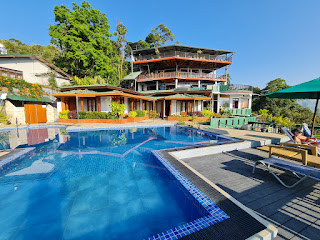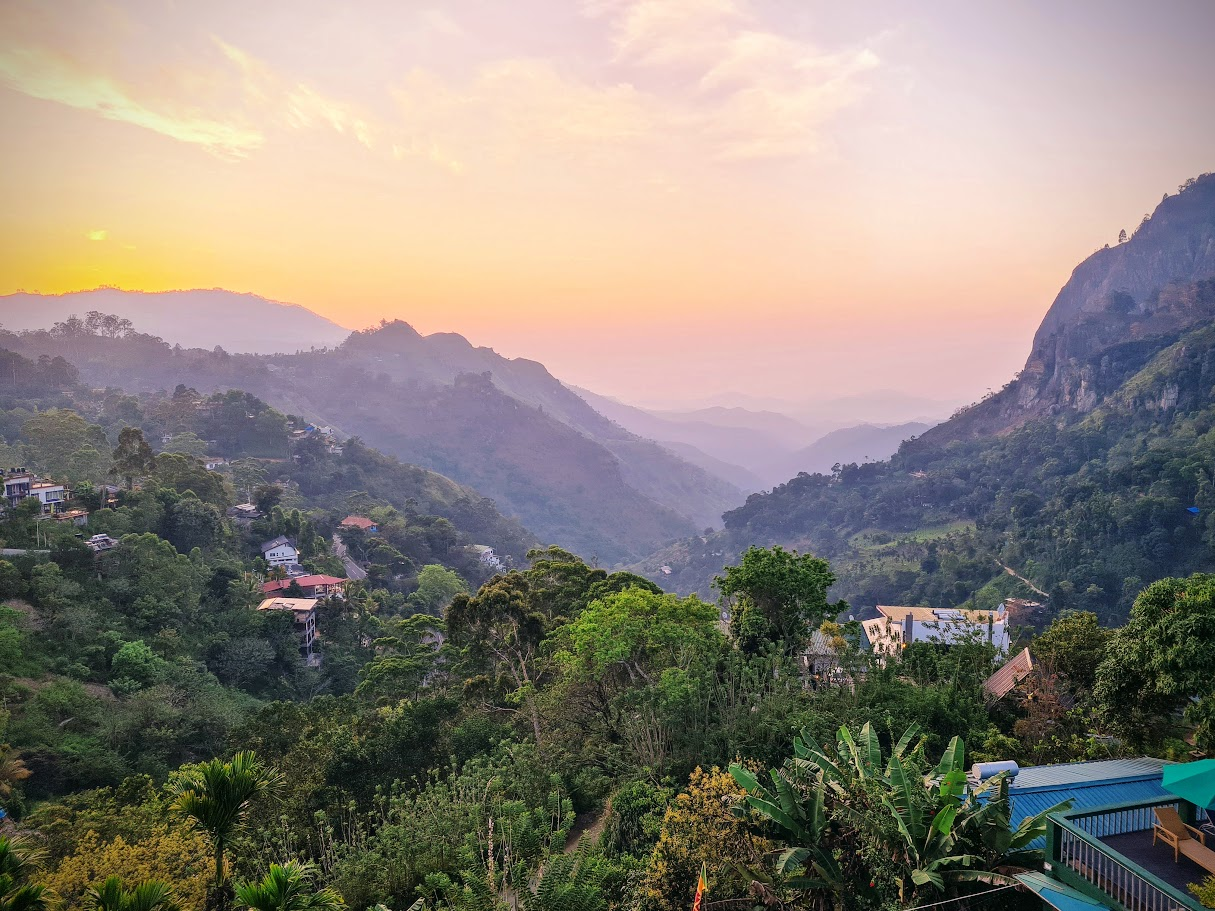That was my address between 1959 (I think) and December 1961. I was five years old in 1959. This morning, after almost sixty-five years, I walked past this address. As expected, what I saw was completely different from what it was then. As I passed the block of land, which was 17 Castle Lane, Bambalapitiya, I also walked down my memory lane. Most of the memories of life at this address revolved around my dad. My memories, not necessarily in chronological order, follow.
I recall it being a vast plot, with a majestic building as the main domicile, named The Rook. I guess that the name of the lane, Castle Lane, is named after this house. Very likely, a British Administrator had lived here. The facade had arches, painted white. Its portico could provide shade to at least two cars. However, I don't remember seeing any cars there. I don't remember any residents in the main house. If there were any, they were very private. Behind the main house, there was an out-house, which was probably a garage at one time. It was remodelled into a small house, which my parents rented. It was where our childhood, mine, my sister's, and my two brothers' started.
17 Castle Lane, Bambalapitiya, today
When I was
five, one evening when it was dark already, my father taught me how to read
time from a table clock. He explained
that a day is divided into 24 hours, with a clock displaying 12 hours at a
time. Each hour is further divided into sixty
minutes. He explained that the small
hand represents an hour, and the big hand represents minutes. To tell the time, look at the number the
small hand has passed to know the hour, and then find the number where the long
hand is, and multiply that by five to know the minutes. After a few trials, and with a few hits and
misses, he threw a challenge. He will
keep moving the clock's hands to different positions, and I need to tell the time
correctly. If I get ten correctly in a
row, he will buy me an ice cream. And, I
did it. He took his bicycle, put me on
the cycle bar, went to Alerics, which was about a kilometer away, and bought me
ice cream in a paper cup with a wooden spoon, for ten cents!
When my mother and the rest were away in Jaffna, my father would get up in the morning, prepare breakfast and lunch, and pack for both of us. While cooking, he will also supervise me as I do my homework. I had five sets of white shorts and shirts, which I wore to school, although a uniform was not required. My father will wash them during the weekends, dry and iron them for me to wear during the week. One pair per day. We both left home together till we reached Galle Road. We will visit the temple to pray, then he will buy me a snack for lunch before I head to school, and he will go to his office.
Later, I
started walking to school on my own, but I was afraid to cross Galle Road. A police man, on duty daily, will help me
cross the road. He will hold my hand,
and walk me across, and I started calling him uncle. I think he liked it.
During
those days, the only entertainment was going to the movies. When my mother and the rest were away in
Jaffna, I recall my father and I going to the Plaza theater for a movie. He bought himself a packet of cigarettes – Three Roses. I insisted that I, too,
should have a pack – he bought me a pack of candies that resemble cigarettes. Their tips were in red. I was happy.
It was in late 1950s or in early 1960s, escalators were installed for the first time at the CEYLINCO house. At that time, it was the tallest building in Colombo. My dad took me there, so that I could go up and down the escalator!
On another
occasion, my parents trained me to sing a movie song at a Children’s program
presented by the Radio Ceylon. The song
was about how parents appreciated children and never felt them as burdens. One of my uncles, who knew the presenter,
arranged for me to participate and took me to the recording. All was well until I was in the soundproof booth
with the presenter. I got scared to be
with a stranger and started crying uncontrollably. There was no recording, and my uncle had to
bring me home.
I also remember the day we as a family went to see Charlton Heston's Ben-Hur at the Liberty Theater. My dad bought balcony tickets, because my mother was with us.
Liberty Cinema, Colpetty
I recall my younger sister was much braver than I. When we went for walks along the coast, we had to cross a narrow pedestrians bridge. About 10 m below was where a drain met the ocean I had to hold my parents' hands as we crossed, but she does not have to. She will swing her arms and danced her way across the bridge. She died in 1971, when she was thirteen.
It was also the house where my parents had twin girls in September 1961, one of them died as a three-month-old baby in December 1961. It was then that the family moved to Jaffna, where I began my schooling at Jaffna Hindu College in
January 1962. I continued my education
at Jaffna Hindu College until I went to the University, although my parents and
the rest of my siblings moved back to Colombo briefly. All settled as a family back in Jaffna in
1967 for good.

















































